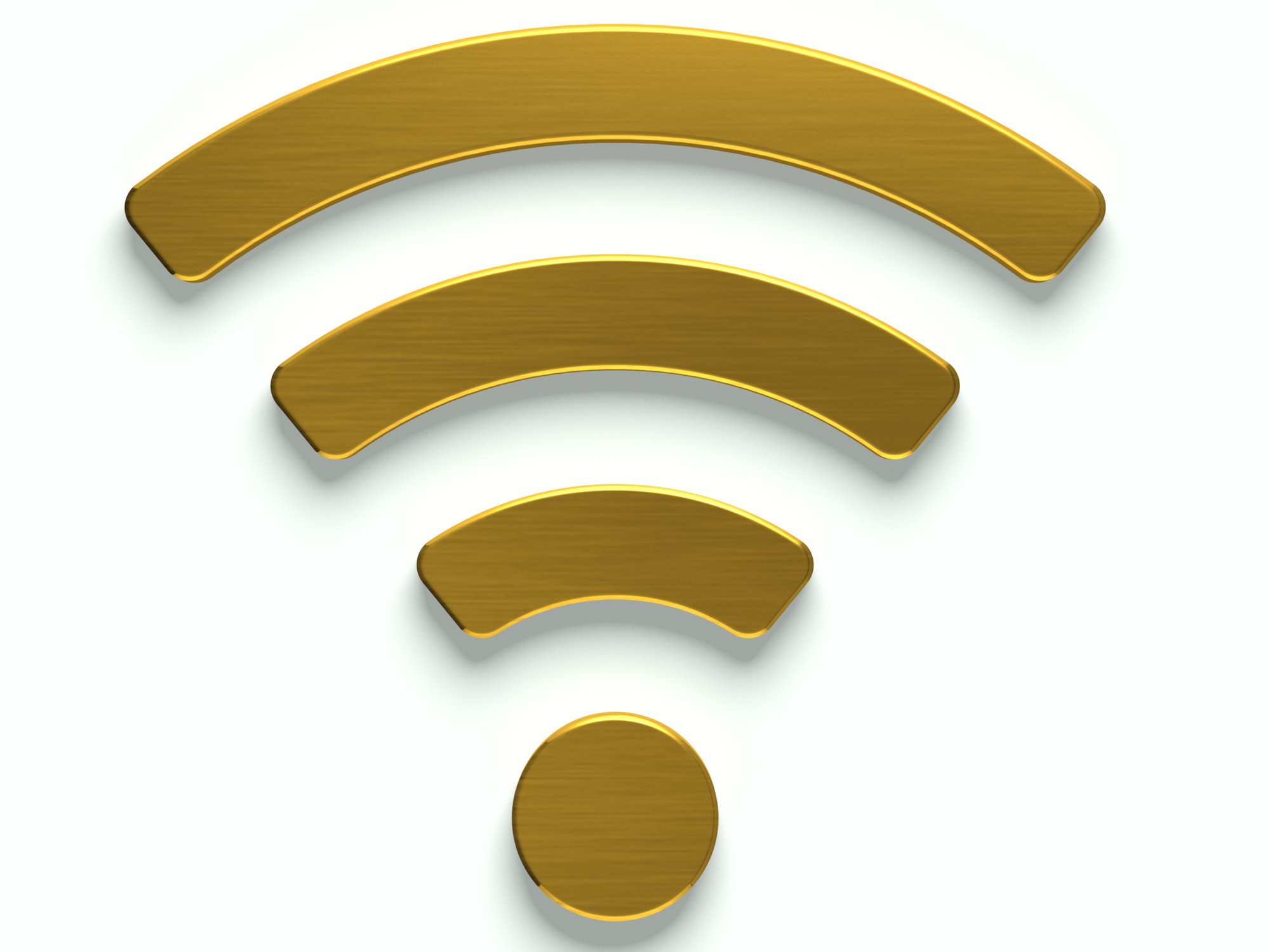Get Easy Health Digest™ in your inbox and don’t miss a thing when you subscribe today. Plus, get the free bonus report, Mother Nature’s Tips, Tricks and Remedies for Cholesterol, Blood Pressure & Blood Sugar as my way of saying welcome to the community!
Cell phones signal rising blood sugar

There’s a game I see people play when dining out. Everyone puts their smartphone in the middle of the table, and the first one to give in and use their phone during dinner has to foot the bill for everyone.
Of course, the game is designed to promote real-life face-to-face social interaction among friends. But there’s another very important reason for putting your smartphone away during mealtime…
Blue light from your phone can make you fat and cause diabetes.
That’s right — a new study has shown that the bright light from your smartphone can actually signal a cascade of insulin resistance, high blood sugar and increased body fat.
For anyone trying to lose weight or beat diabetes, this is groundbreaking news… because it’s no longer just about which foods you eat and how much.
Thanks to research at Northwestern University, we now know that your environment plays a major role in your metabolism and your risk for diabetes.
The scientists found that bright light exposure, like the light from your smartphone or your iPad, increases insulin resistance compared to dim light exposure in both the morning and the evening.
And in the evening, bright light also causes higher peak glucose (blood sugar) levels.
This means that if you are a regular device user, especially at mealtimes or in the evening, you could be setting yourself up for blood sugar problems and weight gain.
The dangers of blue light
You see, before artificial lighting, we used to get all of our light exposure from the sun. During the day, we would get the light we needed and in the evenings were only exposed to dim lighting, like candlelight and firelight.
This worked perfectly with our natural circadian rhythm which sets the body’s sleep rhythm and enhances metabolism. During a 24-hour period your circadian rhythm influences when and how your body releases important hormones, changes its temperature, falls asleep and wakes up.
But now, thanks to fluorescent lighting (linked to premature aging), computers and devices, our bodies are now exposed to bright light at all hours of the day and well into the night.
After all, how many times do you surf the internet before heading to bed or read a book on your iPad or Kindle before falling asleep? And far too many of us sleep with these devices in our beds.
The problem with the light from these sources is they give off what’s called “blue light.”
This blue light is great during the day because it helps wake you up, increases your focus and attention and even helps your mood.
But, when you receive blue light in the evening, there can be problems.
In fact, a previous study at Northwestern found that people who received the majority of their bright light in the morning weighed less than those who were exposed to most of their bright light after 12 p.m.
And now, the scientists’ latest study has taken the research to a new level.
It has revealed that exposure to bright light during mealtimes doesn’t just affect your metabolism — it can result in insulin resistance and high blood sugar.
So, what can you do?
Setting your body’s metabolism clock
Here are a few tips you can use to restore your body’s natural clock and avoid the blood sugar problems and weight gain caused by bright light:
- Get bright light exposure early in the day, especially natural sunlight.
- Never use your computer, smartphone or other devices during mealtimes.
- Keep lighting dim in the evenings.
- If you work night shift or must use electronic devices during the evening, wear blue-blocking glasses or install an app that filters the blue wavelengths.
- Choose dim, red nightlights rather than blue to ensure you aren’t exposed to bright lights during the night hours.
If you struggle with your weight or diabetes, avoiding bright light exposure in the evening and at mealtimes could help you get your health back on track. It’s a simple step that can yield big benefits.
Editor’s note: Are you feeling unusually tired? You may think this is normal aging, but the problem could be your master hormone. When it’s not working, your risk of age-related diseases skyrockets. To reset what many call “the trigger for all disease” and live better, longer, click here to discover The Insulin Factor: How to Repair Your Body’s Master Controller and Conquer Chronic Disease!
Sources:
-
Bright light alters metabolism — Northwestern University













